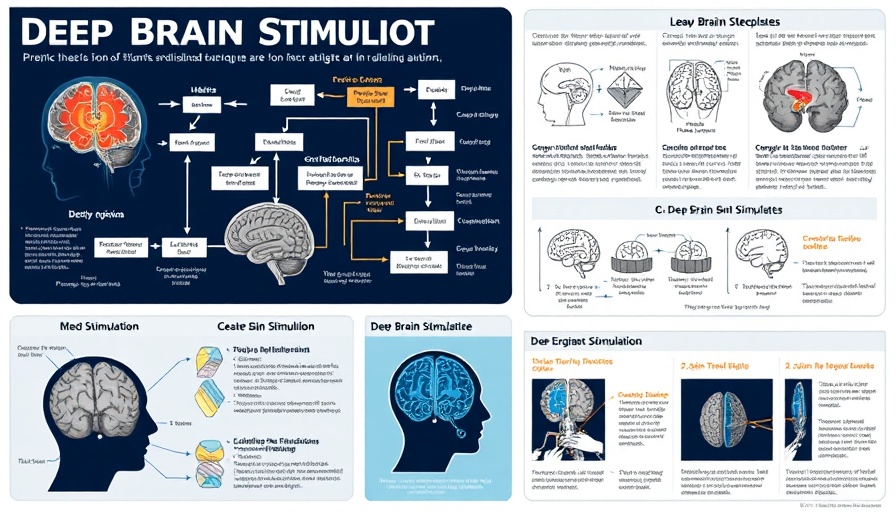
Transforming Care: Deep Brain Stimulation and Self-Injurious Behavior
Severe self-injurious behavior (SIB) in children with autism spectrum disorder (ASD) can have devastating and lasting consequences, affecting both the individual and their family. In recent years, there has been growing interest in novel treatment options that go beyond traditional behavioral therapies, which not all children respond to. A new pilot study, recently published in Biological Psychiatry, explores the potential of deep brain stimulation (DBS) to significantly reduce these dangerous behaviors in affected children.
How Deep Brain Stimulation Works
The study focuses on DBS targeting the nucleus accumbens (NAc), a crucial area in the brain's reward circuitry. According to lead investigator Dr. George M. Ibrahim, this region plays a vital role in regulating behaviors linked to reward and pleasure. By stimulating the NAc, the study suggests it may be possible to alter the brain's wiring in a way that reduces SIB. This treatment appears relatively safe and feasible, providing a novel approach for a group of children who have limited options.
A Glimmer of Hope: Results from the Pilot Trial
Over a timeline of intensive monitoring and assessment, six children between the ages of 7 and 14 underwent the DBS procedure. The results indicate promising outcomes regarding safety and efficacy. According to Dr. John Krystal, Editor of Biological Psychiatry, the findings are preliminary but indicate that further research should be prioritized. The potential to reduce SIB through stimulation of reward pathways could significantly improve the quality of life for those affected.
The Emotional Landscape: Supporting Families
Families of children with ASD and SIB often experience emotional distress, feeling helpless in the face of limited treatment options. This innovative approach through DBS offers not only hope for behavior modification but also hope for improved quality of life for both the child and their caregivers. The experience from the study suggests that alongside surgical procedures, a supportive multidisciplinary team can provide much-needed emotional and physical support during this challenging journey.
Future Predictions: Expanding the Horizons of Treatment
As research in neurotechnology progresses, the potential applications of DBS may extend beyond SIB in ASD. Other psychological conditions characterized by maladaptive behaviors, such as severe depression or obsessive-compulsive disorder, might also benefit from similar interventions. The implications of this study for community health and wellness initiatives are significant, prompting discussions about how emerging technologies in mental health can shape future care.
Exploring Costs and Accessibility
While DBS presents a groundbreaking therapeutic option, there are significant considerations regarding cost and accessibility. The affordability and availability of such advanced treatments may pose barriers for many families needing support. As the demand for innovative mental health solutions rises, it will be crucial for communities and health organizations to advocate for equitable access, ensuring that all children, regardless of background, have the same opportunities for improved health and wellness.
Call to Action: Join the Conversation on Community Health
The findings from this study are a powerful reminder of the pressing need for innovative solutions in addressing challenging health issues. As we explore the implications of DBS, the community is encouraged to partake in discussions regarding health and wellness initiatives that can support families dealing with ASD and similar conditions. Expanding knowledge through health and wellness articles and community events can help advocate for necessary changes in care.
 Add Row
Add Row  Add
Add 




 Add Row
Add Row  Add
Add 


Write A Comment